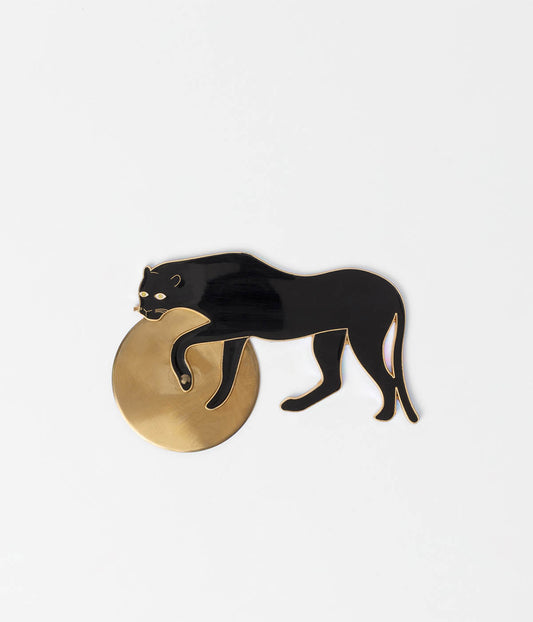
How big do dogs get?
Marie DuchessWhen it comes to dogs, their size can vary greatly depending on the breed. From tiny Chihuahuas to massive Great Danes, there is a wide range of sizes to choose from when selecting a furry friend. But just how big can dogs get? Let's explore the different sizes of dogs and what factors contribute to their growth.
What determines a dog's size?
A dog's size is primarily determined by its breed. Each breed has its own set of characteristics, including size, that are determined by genetics. Breeders selectively breed dogs to maintain certain traits, including size, over generations. This is why certain breeds are consistently larger or smaller than others.
Small breeds
Small dog breeds typically weigh between 2 to 22 pounds (1 to 10 kilograms) and stand less than 16 inches (40 centimeters) tall at the shoulder. Examples of small breeds include Chihuahuas, Pomeranians, and Yorkshire Terriers. These pint-sized pups are perfect for individuals or families living in apartments or small homes.
Medium breeds
Medium-sized dog breeds generally weigh between 23 to 55 pounds (10 to 25 kilograms) and stand between 16 to 24 inches (40 to 60 centimeters) tall at the shoulder. Some popular medium-sized breeds include Bulldogs, Cocker Spaniels, and Border Collies. These dogs are often a great fit for families with children and can adapt well to different living environments.
Large breeds
Large dog breeds typically weigh between 56 to 100 pounds (25 to 45 kilograms) and stand between 24 to 30 inches (60 to 75 centimeters) tall at the shoulder. Examples of large breeds include Labrador Retrievers, German Shepherds, and Golden Retrievers. These dogs require ample space to roam and are often best suited for families with large yards or rural areas.
Giant breeds
Giant dog breeds are the largest of them all, weighing over 100 pounds (45 kilograms) and standing taller than 30 inches (75 centimeters) at the shoulder. Great Danes, Saint Bernards, and Irish Wolfhounds are some examples of giant breeds. These gentle giants require plenty of space, a strong owner, and specialized care due to their size.
Factors influencing growth
While breed plays a significant role in determining a dog's size, other factors can also influence their growth. Nutrition, exercise, and overall health can impact a dog's growth rate. Puppies that receive a balanced diet and regular exercise are more likely to reach their full potential size. Additionally, certain health conditions can affect a dog's growth, causing them to be smaller or larger than average.
Conclusion
When it comes to the size of dogs, there is a wide range to choose from. Small, medium, large, and giant breeds each have their own unique characteristics and requirements. Understanding a dog's size can help potential owners select a breed that fits their lifestyle and living situation. Whether you prefer a tiny lap dog or a massive companion, there is a dog out there for everyone.













